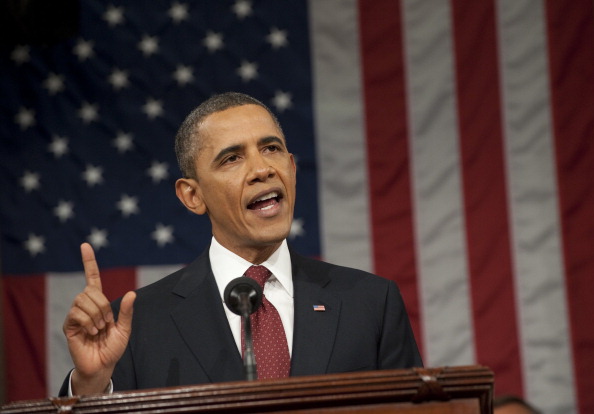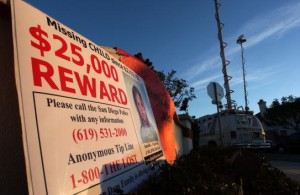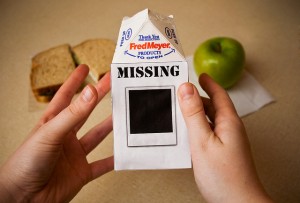
Saul Loeb-Pool / Getty Images
U.S. President Barack Obama delivers his State of the Union address before a joint session of Congress on Capitol Hill.
President Barack Obama devoted much of Tuesday night’s State of the Union address to leveling class disparities between the middle class and the very rich.
He didn’t embrace the rhetoric of the Occupy Movement – namely that 99 percent of Americans are suffering while 1 percent hold the wealth. But the president did say that 98 percent of Americans make less than $250,000, and that their taxes shouldn’t go up. Raising taxes on the wealthy is an issue with local relevance; the D.C. Council in 2011 narrowly approved a tax hike on those making $350,000 or more a year.
President Obama pushed for a resurgence of American manufacturing to combat joblessness. He also said there are available jobs in the technology and science industries, but not many people are qualified to fill them. Such a “skills gap” exists in D.C., where many of the unemployed lack the credentials needed to fill available jobs. President Obama made a “national commitment to train 2 million Americans with skills that will lead directly to a job.” That commitment may be easier said than done. D.C.’s job training programs have been fraught with problems and don’t always lead to jobs. There are current efforts underway to reform them so such programs are more effective.
Immigration also had a brief moment during the State of the Union address. Deportations have reached record levels under President Obama. He called for “comprehensive immigration reform” but failed to give specifics. He did, however, urge the passage of the DREAM Act, which would create a path to citizenship for undocumented college students and soldiers.
The issue of race was barely mentioned, with President Obama focusing mostly on class issues, despite the fact that class disparities fall sharply along racial lines. For instance, the black unemployment rate is more than double the white unemployment rate. Here’s the most explicit mention of race, and it came as President Obama directly addressed members of Congress:
Those of us who’ve been sent here to serve can learn a thing or two from the service of our troops. When you put on that uniform, it doesn’t matter if you’re black or white; Asian, Latino, Native American; conservative, liberal; rich, poor; gay, straight. When you’re marching into battle, you look out for the person next to you, or the mission fails. When you’re in the thick of the fight, you rise or fall as one unit, serving one nation, leaving no one behind.
Do you think race should have been more directly addressed? What are your thoughts on Tuesday night’s State of the Union address? You can read the entire speech here.




